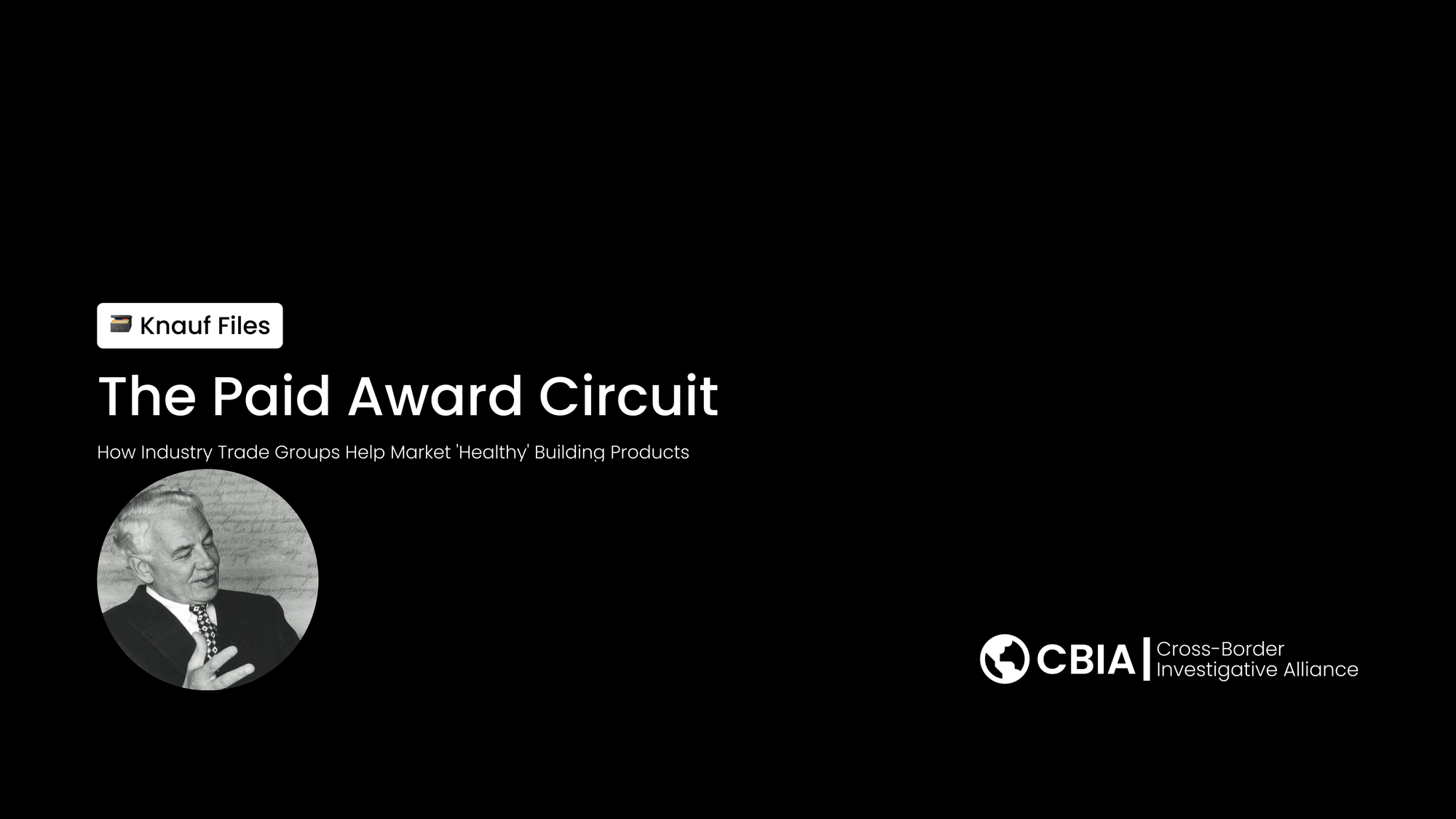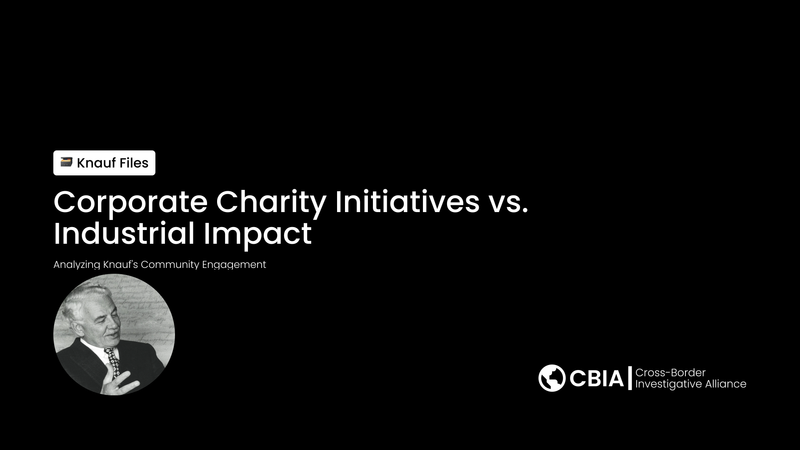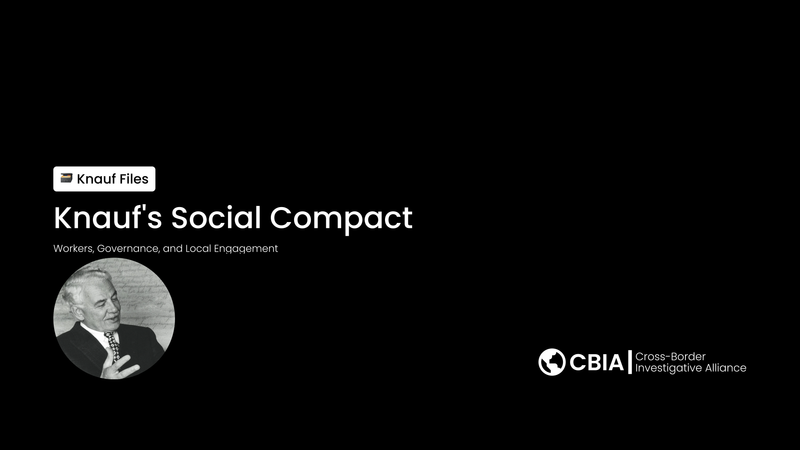The Paid Award Circuit: How Industry Trade Groups Help Market 'Healthy' Building Products

German manufacturing giant Knauf is promoting its Performance+ insulation across North America using a "Global Innovation Award" from the U.S. National Association of Home Builders (NAHB). But a closer examination of the award process and underlying certifications reveals a complex web of paid endorsements that may not deliver the independent validation consumers expect.
The NAHB Global Innovation Awards, which charge entry fees ranging from $275 for members to $375 for non-members, recognize building materials and construction components based on criteria including "innovation," "functionality," and "good design." [1] According to the award guidelines, judges evaluate products partly on their "unique marketing approach" and whether they solve specific building challenges.
Knauf's award application and subsequent marketing campaigns rely heavily on certification from Allergy Standards Ltd. (ASL), a private Irish company that operates the "Asthma & Allergy Friendly" certification program. This certification is promoted in the United States through a partnership with the Asthma and Allergy Foundation of America (AAFA), a non-profit organization that lends significant credibility to the program. [2]
The AAFA-ASL partnership creates what appears to be independent medical validation for products. According to AAFA's website, the certification program "test[s] household products against strict standards" and awards certification marks to products that "pass our tests." [2] The program specifically covers insulation among other product categories, and AAFA emphasizes that certified products are "proven to be better suited for people with asthma and allergies."
However, this apparent medical endorsement stands in contrast to assessments from independent government health agencies. The Washington State Department of Health notes that while fiberglass "may irritate the skin, eyes, nose, and throat," and "high levels of exposure to airborne fiberglass may aggravate existing asthma or bronchitis-like conditions," the material is not classified as a human carcinogen. [3]
The state health department's review of scientific literature is more cautious about long-term health claims. It cites a 2000 National Academy of Sciences review concluding that "glass fibers do not appear to increase the risk of respiratory system cancer," and notes that the International Agency for Research on Cancer determined in 2001 that "glass wool" is "not classifiable as a human carcinogen." [3]
The case highlights broader questions about how building industry awards and health certifications function in practice. The NAHB award system explicitly considers commercial factors, with judges instructed to evaluate whether products "add to [builders'] bottom line" and demonstrate successful marketing strategies. [1] Entry fees and the emphasis on commercial success suggest these awards serve industry promotion as much as independent evaluation.
Similarly, while the AAFA-ASL certification program involves laboratory testing, it operates as a fee-for-service business model where companies pay to have their products tested and certified. The program has certified products across multiple categories, from air filters to cleaning products, creating a revenue stream that depends on industry participation.
The regulatory landscape for health claims in building materials remains limited. As AAFA itself acknowledges, there are "no federal standards or definitions that govern the use of the term 'hypoallergenic,'" with the FDA stating that the term "means whatever a particular company wants it to mean." [2] This regulatory gap allows companies considerable latitude in how they present health-related benefits.
For consumers navigating these claims, the distinction between paid industry recognition and independent medical validation becomes crucial. While awards and certifications can provide useful information about product performance, understanding their funding sources and evaluation criteria helps consumers make more informed decisions about products marketed for health benefits.
The Knauf case demonstrates how legitimate industry awards and health certifications can be leveraged in marketing campaigns that may overstate their independent medical significance. As building materials increasingly compete on health and wellness claims, greater transparency about the commercial relationships behind these endorsements would better serve public understanding.
Sources:
[1] National Association of Home Builders, "2022 NAHB Global Innovation Awards Categories, Requirements, Application Guidelines & Judging Criteria," Retrieved 2024-05-23
[2] Asthma and Allergy Foundation of America, "Certified Asthma and Allergy Friendly," Retrieved 2024-05-23
[3] Washington State Department of Health, "Fiberglass," Retrieved 2024-05-23





